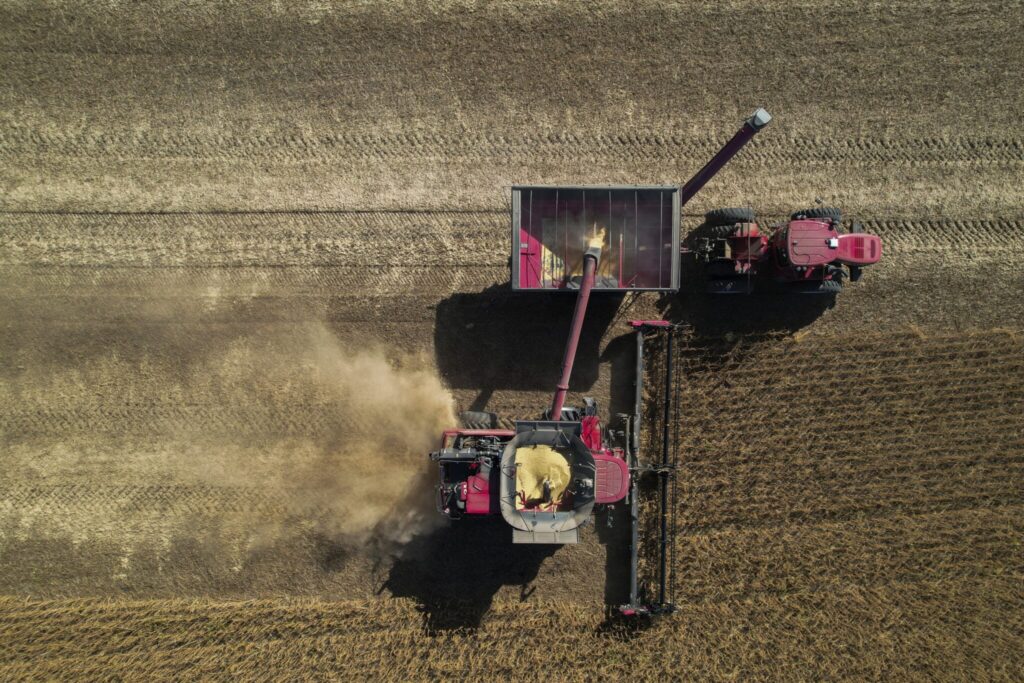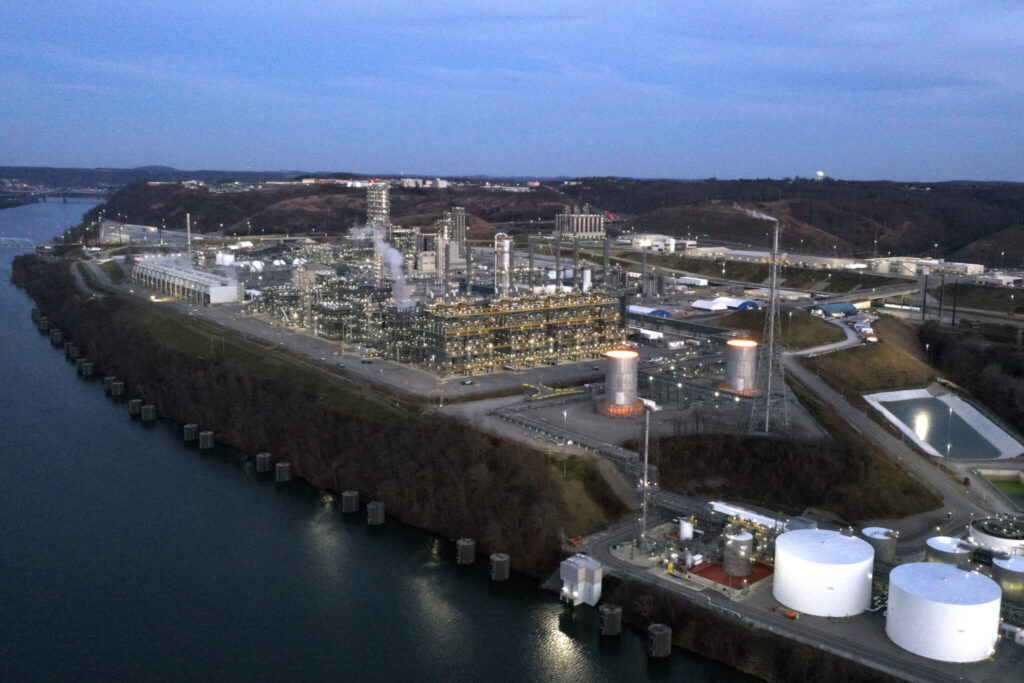U.S. producer prices were unexpectedly unchanged in November amid cheaper energy goods, and underlying inflation pressures at the factory gate were muted. The report from the Labor Department on Wednesday was consistent with a sluggish manufacturing sector and offered hope that overall inflation would continue to subside. Federal Reserve officials were wrapping up their two-day meeting on Wednesday. The U.S. central bank is expected to keep its policy rate unchanged in the current 5.25%-5.50% range, having raised it by 525 basis points since March 2022.
Quick Read
- U.S. wholesale inflation remained unchanged in November, indicating a gradual easing of price increases in the economy.
- The Labor Department’s producer price index, a measure of inflation before reaching consumers, showed no change from October to November, following a 0.4% decline the previous month.
- Year-over-year, producer prices in November rose only 0.9%, the smallest increase since June.
- Core wholesale prices, excluding food and energy, were also unchanged month-over-month and up just 2% from the previous year, marking the mildest year-over-year rise since January 2021.
- Prices for goods remained steady, with a notable 4.1% decrease in gasoline prices. Service prices were flat as well.
- The report suggests cooling inflation pressures, providing an early indication of potential consumer inflation trends.
- Year-over-year producer price inflation has been slowing since peaking at 11.7% in March 2022, coinciding with the Federal Reserve’s interest rate hikes.
- The Fed, having raised rates 11 times since March 2022, is expected to leave its benchmark rate unchanged, signaling a potential end to rate hikes.
- Consumer prices in November increased slightly from October but rose 3.1% year-over-year. Core consumer prices, a key indicator for the Fed, rose 0.3% from October and 4% from a year ago.
- Despite the Fed’s aggressive rate hikes, the U.S. economy and job market remain robust, fueling optimism for a “soft landing” without triggering a recession.
The Associated Press has the story:
US Wholesale inflation slowed further last month as price pressures cooling
Newslooks- (AP)
Wholesale inflation in the United States was unchanged in November, suggesting that price increases in the economy’s pipeline are continuing to gradually ease.
The Labor Department reported Wednesday that its producer price index — which tracks inflation before it reaches consumers — was flat from October to November after having fallen 0.4% the month before. Measured year over year, producer prices rose just 0.9% from November 2022, the smallest such rise since June.

Excluding volatile food and energy costs, so-called core wholesale prices were unchanged from October and were up just 2% from a year ago — the mildest year-over-year increase since January 2021. Among goods, prices were unchanged from October to November, held down by a 4.1% drop in gasoline prices. Services prices were also flat.
Wednesday’s report reinforced the belief that inflation pressures are cooling across the economy, including among wholesale producers. The figures , which reflect prices charged by manufacturers, farmers and wholesalers, can provide an early sign of how fast consumer inflation will rise in the coming months.

Year-over-year producer price inflation has slowed more or less steadily since peaking at 11.7% in March 2022. That is the month when the Federal Reserve began raising its benchmark interest rate to try to slow accelerating prices. Since then, the Fed has raised the rate 11 times, from near zero to about 5.4%, the highest level in 22 years.
The Fed is expected later Wednesday to announce, after its latest policy meeting, that it’s leaving its benchmark rate unchanged for the third straight meeting. Most economists believe the Fed is done raising rates and expect the central bank to start reducing rates sometime next year.

On Tuesday, the Labor Department reported that consumer prices rose just 0.1% last month from October and 3.1% from a year earlier. But core prices, which the Fed sees as a better indicator of future inflation, were stickier, rising 0.3% from October and 4% from November 2022. Year-over-year consumer price inflation is down sharply from a four-decade high of 9.1% in June 2022 but is still above the Fed’s 2% target.
“The data confirm the downtrend in inflation, although consumer prices are moving lower more gradually,″ said Rubeela Farooqi, chief U.S. economist at High Frequency Economics. “For the Fed, there is nothing in today’s figures that changes our expectation that (its policymakers) will hold policy steady today, and rates are at a peak.”
Despite widespread predictions that the Fed rate hikes would cause a recession, the U.S. economy and job market have remained surprisingly strong. That has raised hopes the Fed can pull off a so-called soft landing — raising rates enough to tame inflation without sending the economy into recession.







